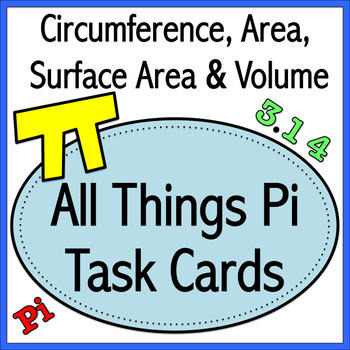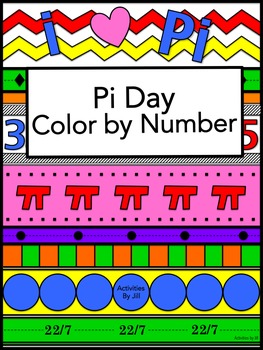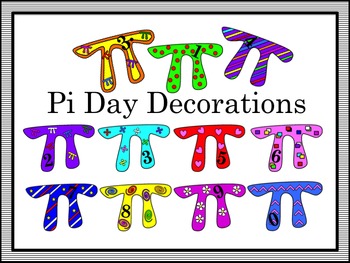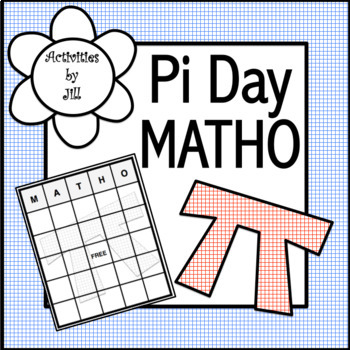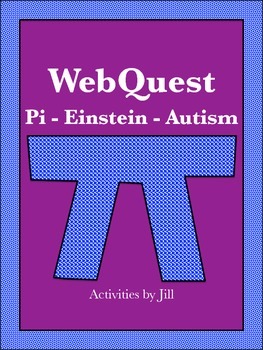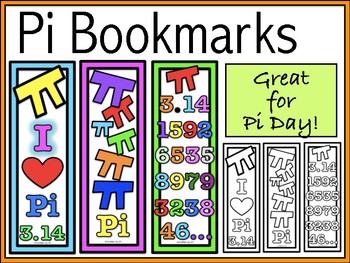Students are engaged, encouraging their peers, and learning. What could be better?
In math class, I think this activity works best when work is required to solve the problems. Teachers use speed-dating in other subject areas though, with quick answer questions.
Each student will need a different problem. A set of task cards is great to use for this, but you could also cut apart questions from a worksheet.
Directions
for Speed Dating Activity
1. Give
each student a task card or question. You may give
each student a random card or use problems specific to the abilities of
particular students.
2. Each
student must solve his/her problem and get it checked by the teacher. You could do this as bell work or as an exit
ticket the day before the activity. I strongly recommend checking answers the day before so you can begin the activity quickly the next day. Also, students will need their question card for the activity, so hang on to them!
3. After
the problems have been checked, each student is an “expert” at solving his or her own
personal problem.
4. Pair
up students. If you have an odd number of people, either you can play the part of a student or you can create an "invisible" student by putting a question and answer key on the extra desk and moving the materials along as students rotate. Each of them will need a
piece of paper, pencil, and their task card.
They will need to rotate around the room every minute or two so you will
need to plan out a continuous path for them to follow. I suggest using two circles with the desks facing each other in pairs.
5. When
everyone is seated, partners will trade cards, and solve the new problem. When they are finished (or if they need help)
their partner will check their work and/or answer any questions because they
are the “expert” at solving that problem.
6. After
an appropriate period of time, have each student take his/her original card and rotate
one spot. With desks arranged in circles as described in step 2, I have the students on the inside stand up and rotate one seat to their right. The next time, I have the students on the outside stand up and rotate one place to their right. This way everyone gets to move and will be paired up with
someone new until they get back to the beginning.
If the activity does go quickly, here's what you can do so that every student solves every problem. When they are paired with their original partner, have them switch cards/questions. (Every inside card will go to the outside and vice versa.)
Each student is now an "expert" for this new problem which they have already solved, checked, and had explained to them earlier in the activity. Now, rotate as before and all students will be solving new questions.
By the way, do NOT help students! That is the job of the "expert". I know this goes against teacher behavior, but resist! Students helping students is what makes this activity successful. 😃
Need task cards? Browse mine here.













